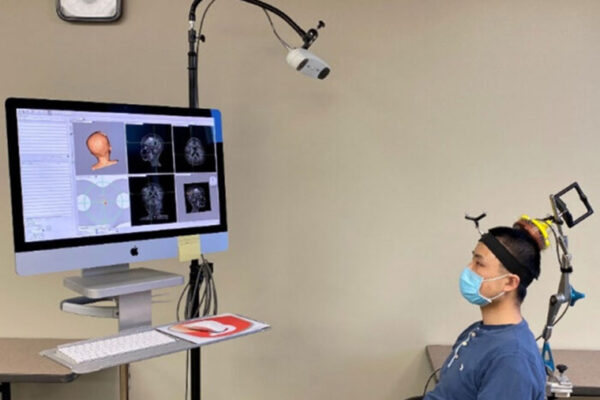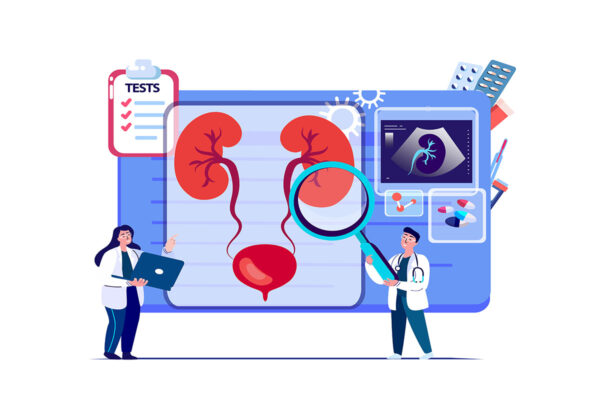
For the past several years, Washington University in St. Louis researchers have been using focused ultrasound combined with microbubbles to target an opening in the tough, protective blood-brain barrier to deliver drugs or retrieve biomarkers.
To ensure that the fast-developing technology functions safely and consistently, Hong Chen and her team, including first author and doctoral student Chih-Yen Chien, now have developed a quality assurance protocol for their guided focused-ultrasound device and treatment. Results of the study to test their protocol were published online March 25 in eBioMedicine. Chen is an associate professor of biomedical engineering at the McKelvey School of Engineering and of neurosurgery at the School of Medicine, both at Washington University in St. Louis.
Focused ultrasound (FUS) uses ultrasonic energy to target tumors or tissue in the brain. Once located, the researchers inject microbubbles into the blood that travel to the targeted tissue, then pop, causing small openings of the blood-brain barrier. These small openings allow two-way traffic for drugs to be delivered or biomarkers from a tumor or other brain diseases to pass through and release into the blood.
After years of developing the noninvasive technique, Chen and collaborator Eric C. Leuthardt, MD, the Shi H. Huang Professor of Neurological Surgery at the School of Medicine, as well as of biomedical engineering and of mechanical engineering at McKelvey Engineering, are using the technique in human clinical trials.
Read more on the McKelvey Engineering website.


